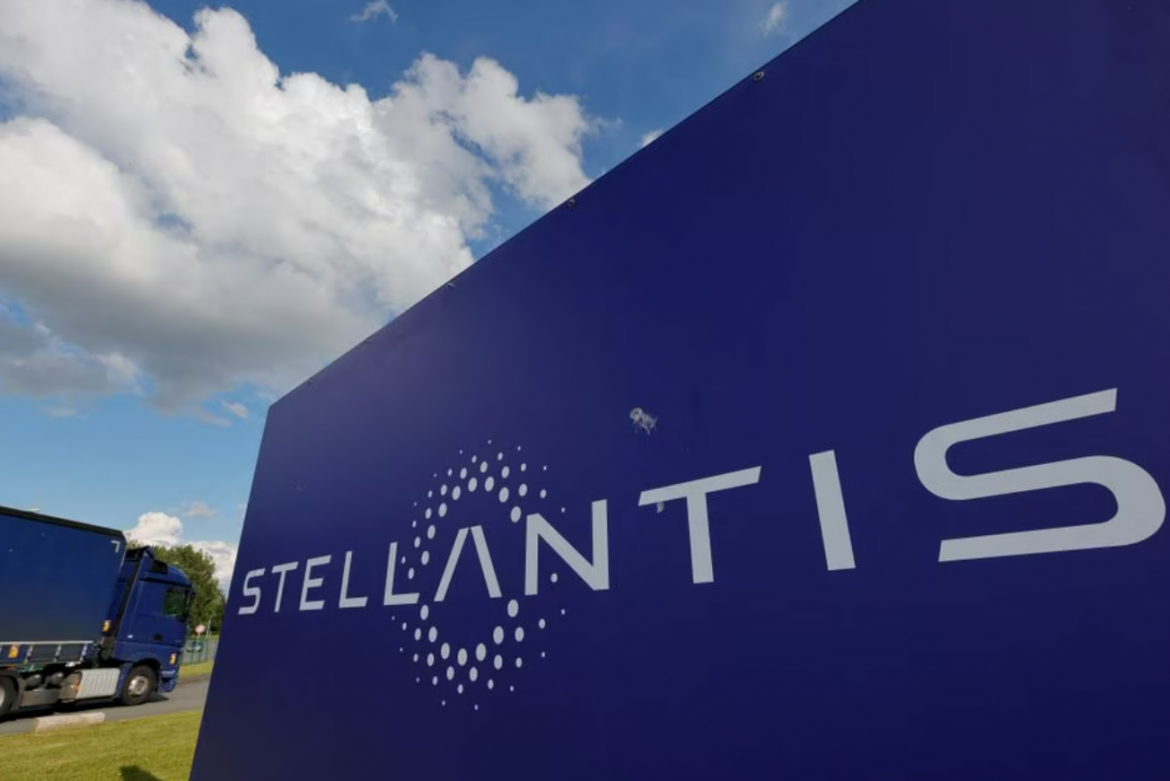Stellantis, the parent company of Fiat, is gearing up for substantive discussions with the Italian government, targeting a comprehensive agreement to enhance the nation’s automotive industry. CEO Carlos Tavares and Industry Minister Adolfo Urso previously announced plans to boost Stellantis’ annual production in Italy to one million vehicles, sparking preliminary discussions.
Formal talks, slated to commence on December 6, will encompass key stakeholders like unions, local governments, and the automotive lobby group ANFIA. Stellantis, representing brands such as Fiat, Alfa Romeo, and Peugeot, aims to address production challenges, including output figures below 700,000 units in 2021 and 2022. Fiat Chrysler, part of the Stellantis merger with France’s PSA in 2021, last achieved over one million vehicle productions in Italy in 2017.
Focus areas of discussion
The talks will delve into critical aspects such as reinforcing research and development (R&D) activities, investment in cutting-edge vehicle models, worker retraining, and supporting auto part suppliers in transitioning production for new vehicles. The commitment to these discussions underscores Stellantis’ dedication to Italy, with a strong emphasis on aligning conditions to uphold its strategic focus in the country.
Stellantis’ production landscape and future projections
Stellantis has signalled its commitment to Italy, despite production challenges, reaffirming its intent to engage in substantial talks with the Italian government. The company’s annual output has faced constraints, producing fewer than 700,000 cars and vans in both 2021 and 2022. Forecasts indicate a marginal increase in output for the current year. The upcoming discussions are poised to shape the future trajectory of Stellantis’ manufacturing footprint in Italy.
Key dependencies for a comprehensive deal
Stellantis has underscored that the success of a broad-reaching agreement hinges on the Italian government’s adoption of specific measures. These include reconsidering the proposed Euro 7 regulation on pollutant vehicle emissions, providing incentives for electric vehicle sales, advancing the charging network infrastructure, and ensuring reduced energy costs.
The outcome of these talks will play a pivotal role in defining the strategic alignment between Stellantis and Italy’s automotive landscape.



